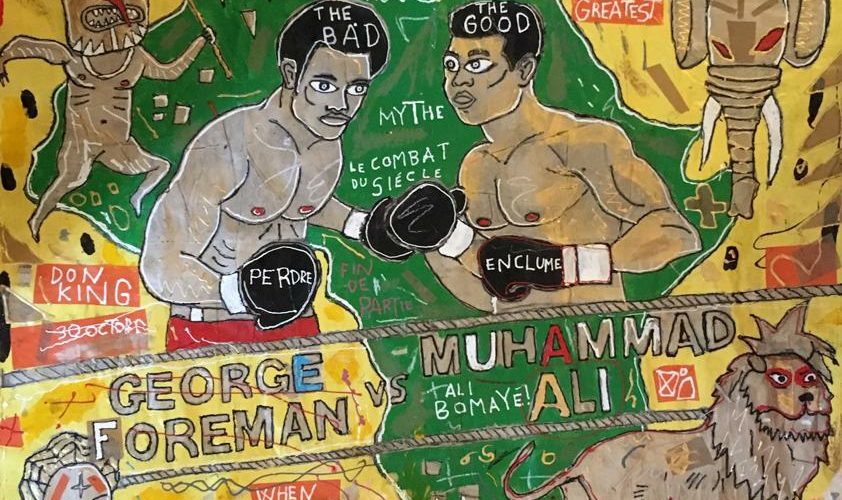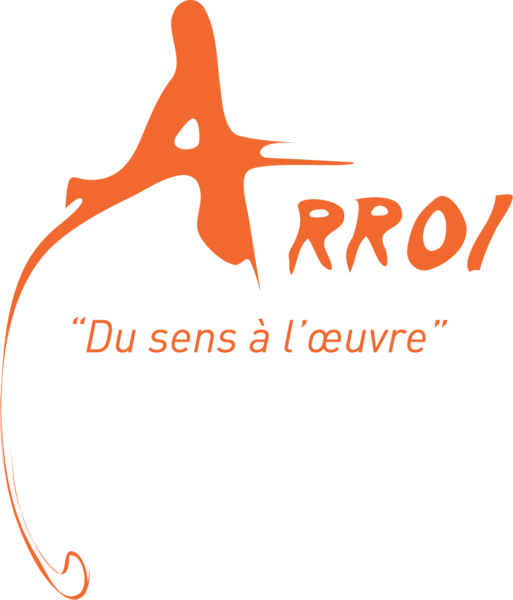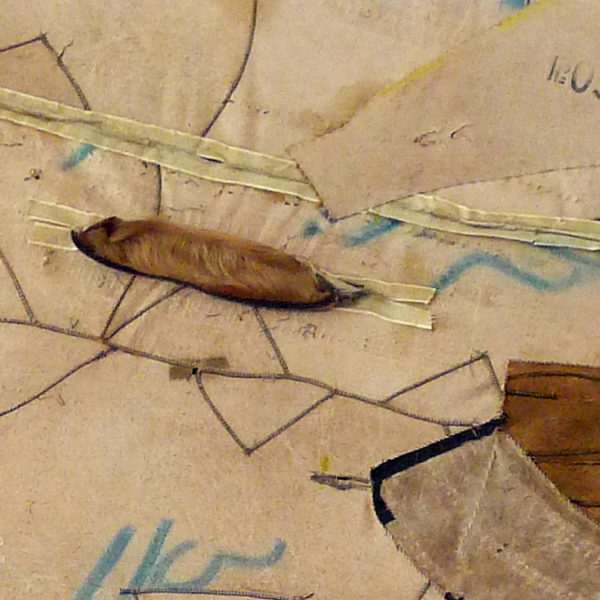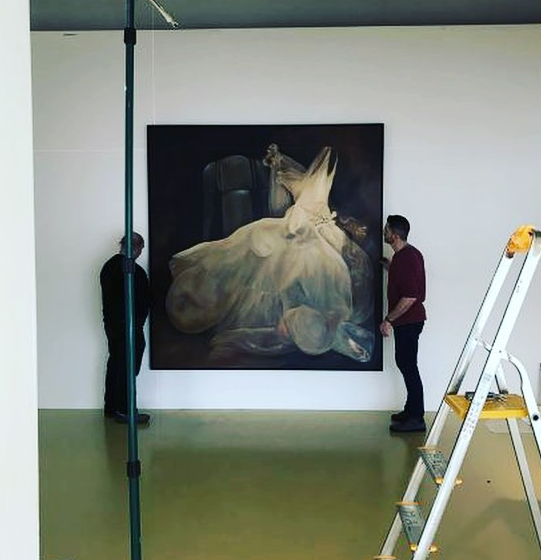
Boxing, culture: a mythical duo between technique and discipline
Boxing inspires artists, painters, sculptors, photographers, filmmakers, musicians and actors. Being exciting and electrifying, the discipline makes people talk about itself in the world of culture.
During antiquity, the first performances went together with the notions of beauty, entertainment and sacrifice.
The fights are depicted by being painted on amphoras, or by sculpture. Then, the bodies are mystified during these carefully elaborated fighting performances, similar to dance, cadenced by the music which accompanies them.
The Noble Art died out during the Middle Ages and the Renaissance, replaced by the jousts.
We have to wait until the 19th century to find new representations of the boxing practice. In 1818, Théodore Géricault made a lithograph depicting two people engaging in combat while being observed by a group of nobles. Unlike ancient techniques, the hands of both fighters are not protected. The rules of boxing began to appear, and it was the Marquis of Queensberry, who in 1865 formalized the rules, and then the gloves became obligatory.
Artistic depictions of the fighting document the social context and the evolution of the discipline, including sport bets and slave fighting in the colonial era, while making a point to sublimate the bodies.
In another field, Eadward Myubridge, renowned for his studies on movement, he immortalizes a boxing fight with bare hands in 1886, as part of his research in photography. The studies on the complexity of the body and the research to transcribe the sensation of force in the movement, lends itself to the technique.
These mediums will remain the preferred tools to represent boxing until our time, when artists continue to represent boxers and their values.
Contemporary artists such as Basquiat -a big boxing enthusiast-, Erwin Olaf, Vee Speers, John Stewart and Michael Molinié are inspired by this discipline and its mythical battles.
Boxing is fascinating the film-making industry since its inception. Thomas Edison is the first to recreate boxing matches in the studio. The burlesque comedy brings pugilistic art to the fore, exploiting in a marvellous way the whole range of movement offered by dodges, swings and uppercuts, a choreography that is breathtaking.
Throughout the golden age of Hollywood, boxing confirms its long term presence in the cinematic imagination. It finds a persistent spot in the film noir and it brings the genre an incomparable touch of tragedy and disillusionment. After the cult Rocky series and Martin Scorsese’s film on Jake La Motta, the nineties saw a proliferation of boxing films (The Boxer, Hurricane Carter, Girlfight, Ali, Million Dollar Baby, Fighter) or usage of the sport as a backdrop (Pulp Fiction, Snake Eyes, Ocean’s Eleven, etc.), exploiting the dramatic potential for emancipation and success stories.
« One step at a time. One punch at a time. One round at a time. »
Like music, poetry, cinema, painting and photography, boxing and its values are also really strong instruments to transmit a commitment, a psychic and human impact, a vision.
Header Visual : Michael Molinié, The rumble in the jungle, 120 x 100 cm, technique mixte sur toile © Michael Molinié by Arroi 2019


